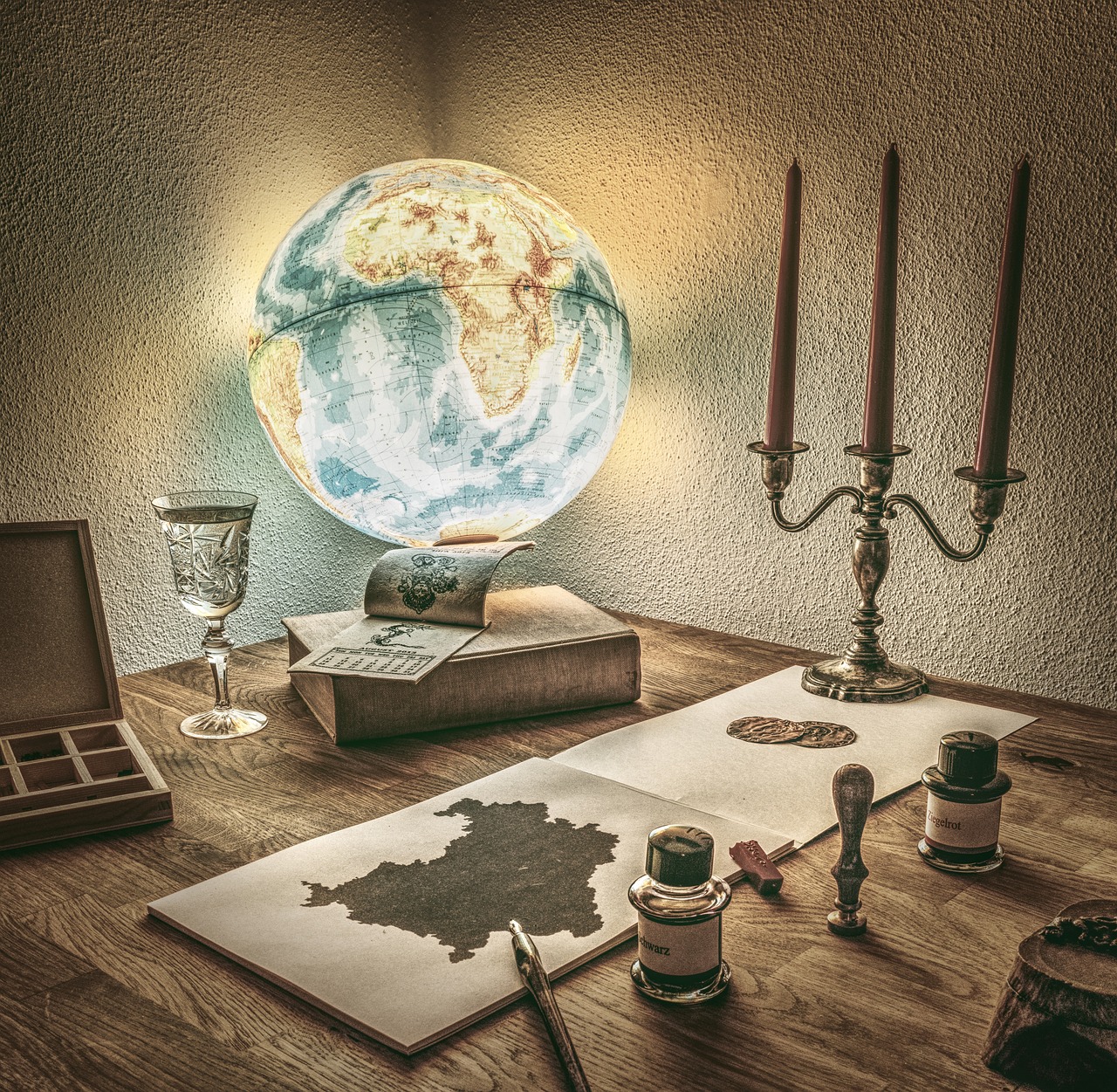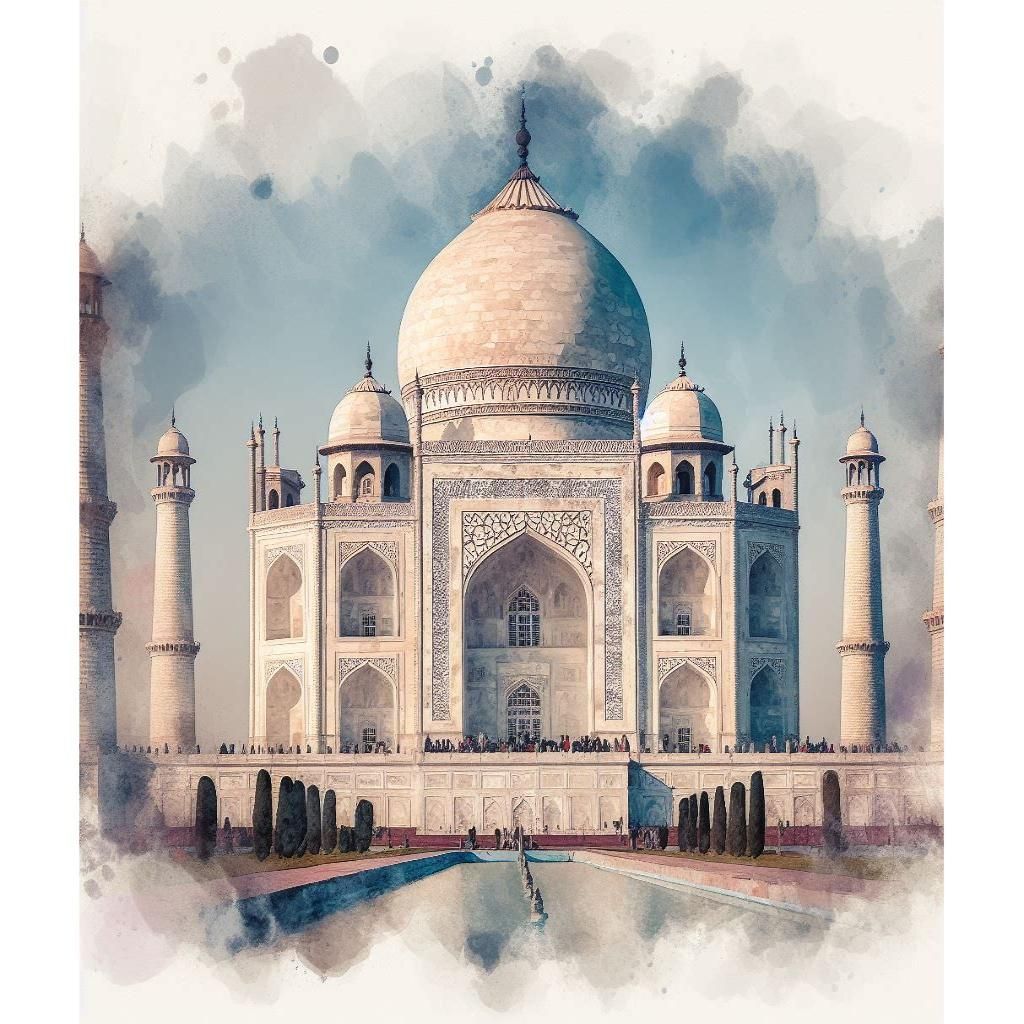
10 The Most Beautiful Roofs in the World
The Most Beautiful Roofs in the World
Introduction
From intricately tiled pagoda rooftops to gleaming golden domes, roofs across the world exhibit immense beauty and craftsmanship. More than just functional coverings, exceptional roofs can define a building or landscape, becoming an integral part of cultural and architectural heritage. Let’s explore some of the most visually stunning roofs that have ever been constructed.
Emerald Buddha Temple – Bangkok, Thailand
The Emerald Buddha Temple in Bangkok boasts a steep multi-tiered roof glittering with green tiles and golden flourishes. This royal temple houses Thailand’s most sacred Buddha statue, the Emerald Buddha, making it an important pilgrimage site. The roof’s unique color symbolizes Buddha’s birthday, celebrated in April when the hot season gives leaves a deeper green hue. The tiered shape represents continents emerging from the ocean and symbolizes the rising of Buddhist doctrine. This royal temple is truly resplendent.
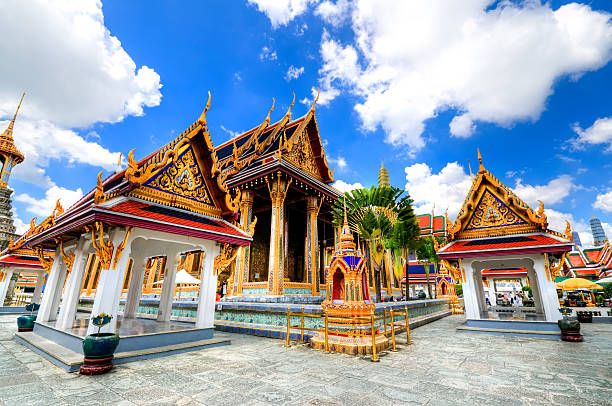
Hōryū-ji Temple – Nara, Japan
The intricate wooden pagodas of Hōryū-ji temple in Nara, Japan exemplify traditional Japanese carpentry. Built in 607 AD, Hōryū-ji is one of the world’s oldest surviving wooden structures. Its massive pagoda was constructed without nails, intricately fitted together in a complex puzzle of wood. The five-story pagoda contains life-size clay statues of Buddha and bodhisattvas within. The wooden roof appears to gently curve upwards, a design effect called entasis. Hōryū-ji’s roof is an engineering marvel, constructed entirely of wood many centuries ago.
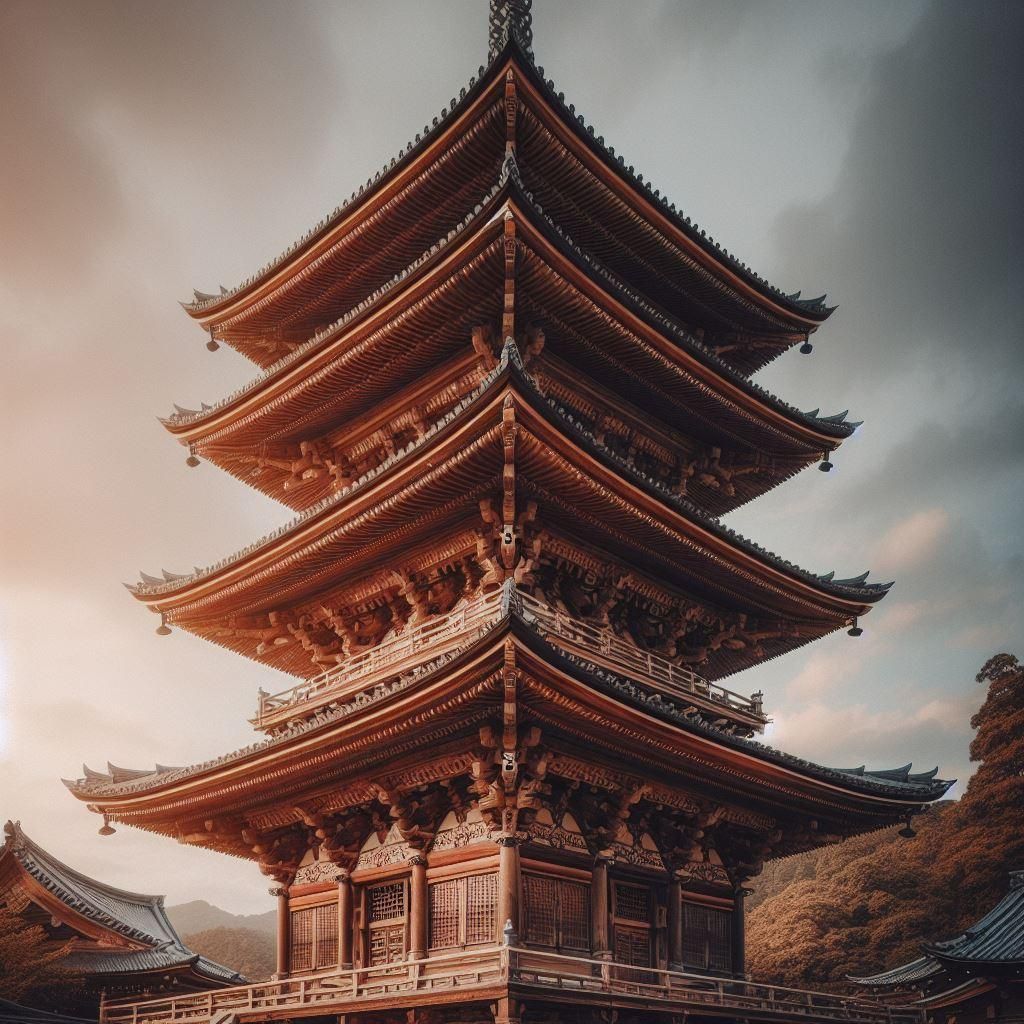
Amber Fort – Jaipur, India
This is a very interesting prompt. The Amber Fort complex, also known as Amer Fort, is a historic fort and palace in Jaipur, India. It was built by Raja Man Singh I in the 16th century and later expanded by his successors. The fort is a blend of Hindu and Mughal architecture, with influences from Rajput, Persian, and Chinese styles. The Mirror Palace, also known as Sheesh Mahal, is one of the most famous attractions of the fort. It is a hall decorated with thousands of mirrors and glass pieces that reflect the light and create a dazzling effect. The Chinese-inspired kiosks, also known as chhatris, are domed pavilions with curved roofs that adorn the top of the fort. They are a symbol of royalty and honor, and offer a panoramic view of the surrounding landscape.
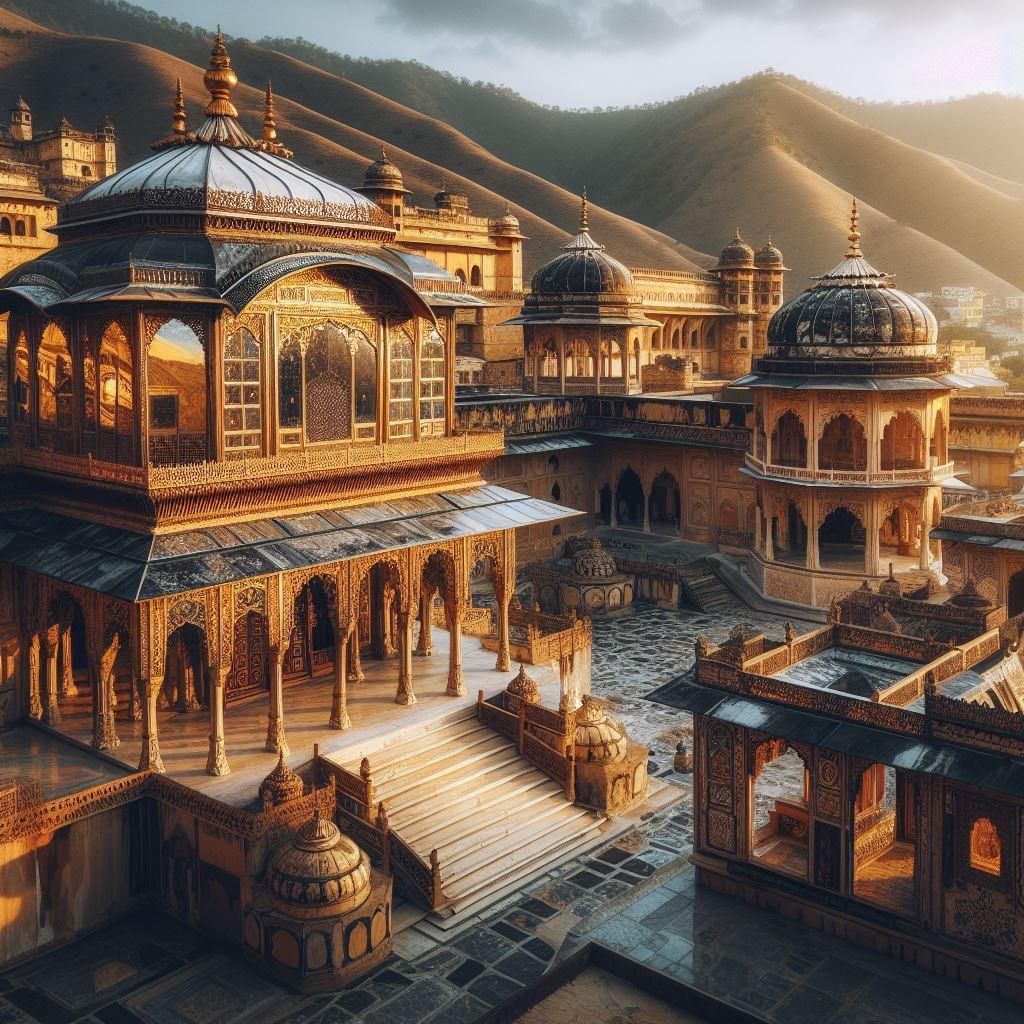
India’s Amber Fort contains striking roofs combining Hindu and Mughal architectural styles. The Mirror Palace within the complex has delicate walls and ceilings completely covered in tiny mirrors, glinting like stars. The mirrors reflect candlelight within the palace, giving the interior a celestial dazzle. Amber Fort also features Chinese-inspired kiosks along its terraces with gently curving roofs. From afar, the fort appears like a grand sandcastle with its pale yellow facades and peaked roofs. An ethereal glow permeates Amber Fort, especially at sunset when its mirrored surfaces glimmer.
Sydney Opera House – Australia
The undulating roofline of the Sydney Opera House in Australia is one of the world’s most recognized architectural silhouettes. Danish architect Jørn Utzon designed its vaulted roof to resemble sails billowing in the wind. The roof is composed of precast concrete ribs covered in over one million roof tiles. The curved shape required custom tile molds to be created for each section. Perched on the Sydney Harbor with the sea and sky as a backdrop, the Opera House appears like a graceful ship sailing into the future. The building and its nautical roof have become an Australian cultural icon and pinnacle of 20th century architecture.
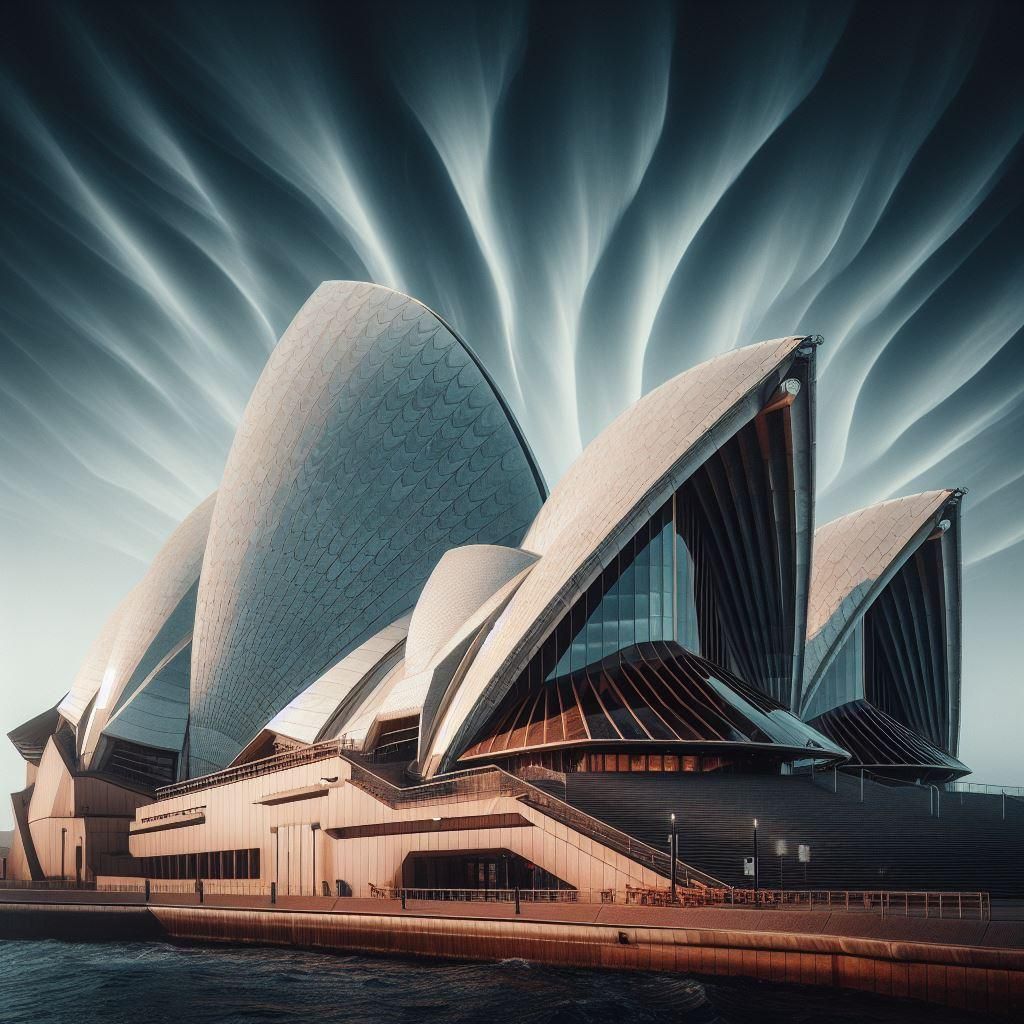
Church of the Savior on Spilled Blood – Saint Petersburg, Russia
Russian Orthodox churches are instantly recognizable for their onion domes swelling upwards. The Church of the Savior on Spilled Blood in Saint Petersburg displays some of Russia’s most elaborate church architecture. Its roof glitters with ornamental antique mosaics coating over 7000 square meters of surface across multiple bulbous domes. The roof emulates historic Russian churches with vertical rhythms drawing the eye heavenwards. During winter, snow highlights the round shapes of the roof. When lit at night, the colorful mosaics shine like jewel boxes. This ornate roof exemplifies traditional Russian church architecture.

Lotus Temple – New Delhi, India
The undulating roof of the Buddhist Lotus Temple in New Delhi looks as delicate as the flower it represents. Designed by Iranian architect Fariburz Sahba in 1986, the exterior is composed of 27 free-standing marble petals arranged in groups of three. The gaps between the flower-like motifs allow light and air to filter in. At night, the building is illuminated like a glowing lantern. The smooth white petals contrast beautifully with the cobalt sky and verdant gardens below. This award-winning house of worship demonstrates how roofs can poetically reflect spiritual beliefs through artful architecture.
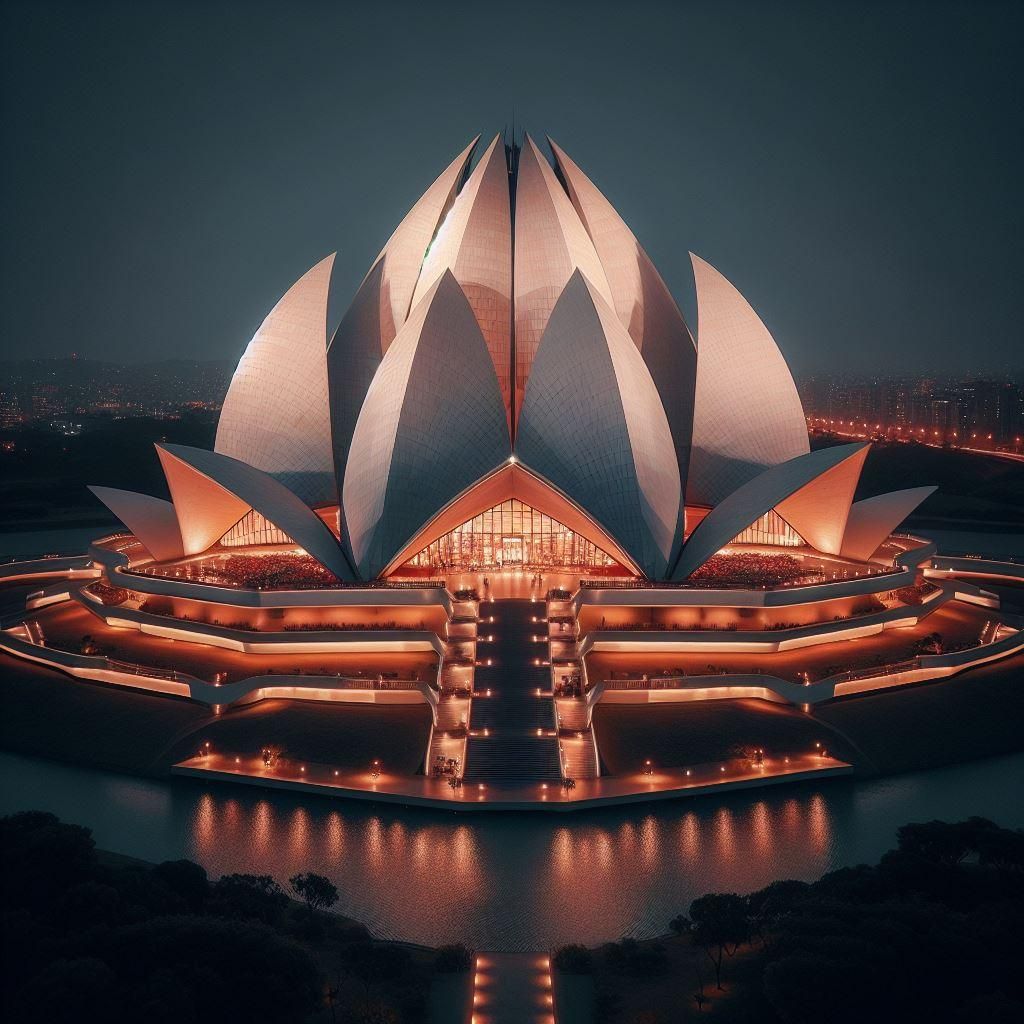
Sun Yat-sen Mausoleum – Nanjing, China
Golden temple roofs reach upwards in Nanjing, China at Sun Yat-sen Mausoleum. Built in 1929, the mausoleum honors the founder of the Republic of China. Its roof combines Chinese imperial and Buddhist architectural traditions. The base of the roof is an ornate 16-sided bronze pagoda with multiple levels of eaves. A majestic sacrificial vessel caps the pagoda, encircled by railings. The whole roof culminates in a glittering glass sphere, symbolizing the cosmos. This geomantic structure integrates a mix of architectural motifs into a singular monumental form. The sun gleams off its gilded roof tiles, causing the mausoleum to shine on its hilltop site overlooking Nanjing.
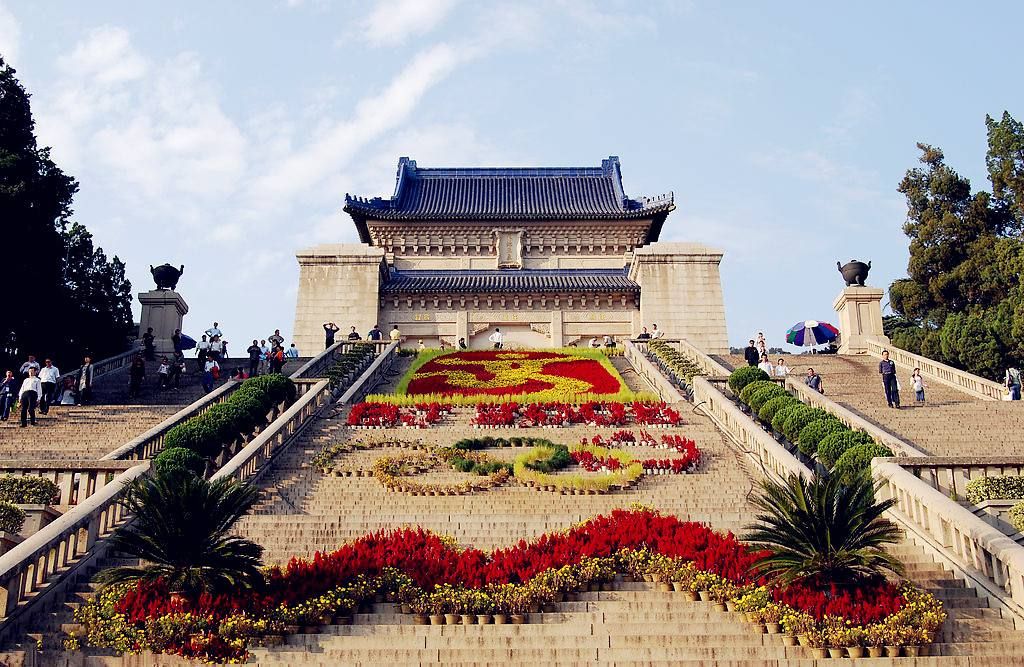
Lalibela Rock-Cut Churches – Ethiopia
The rock-cut churches of Lalibela, Ethiopia have roofs hewn out of solid stone. Built between the 11th-13th century, Lalibela contains 13 churches carved below ground level into a high plateau. The churches are engineering marvels, excavated downwards into living rock and illuminated via chiseled windows and trenches. Their roofs appear suspended, carved from the same stone into arches, domes and crenellations. Strips of light filter in through the roof openings, creating an otherworldly atmosphere. Every surface looks as if was shaped by divine hands from solid rock, showcasing incredible artistic mastery. The stone roof canopies of Lalibela merge effortlessly with the surrounding scenery in monolithic splendor.
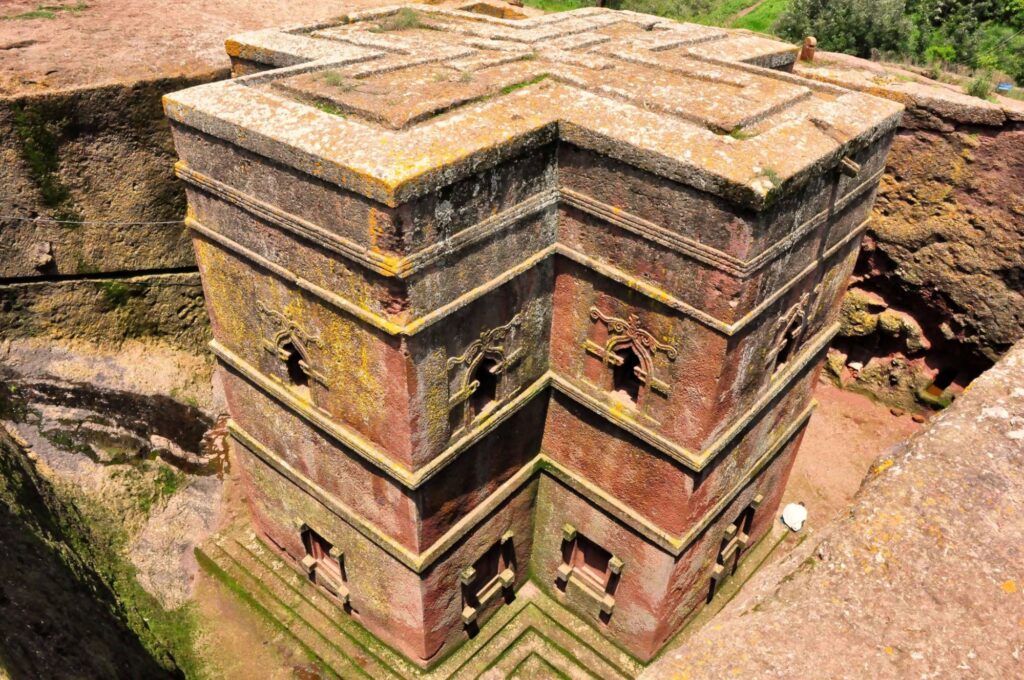
Fairy Chimneys of Cappadocia – Turkey
Cappadocia is a region in central Turkey that is famous for its unique and surreal landscape. Cappadocia is a popular tourist destination and a UNESCO World Heritage Site.

The domed roofs of Cappadocia in Turkey seem like a realm of fairy chimneys. Formed by volcanic eruptions, the rocky landscape features hundreds of stone hoodoos known as “fairy chimneys”. Prehistoric people carved cave dwellings, churches, and underground cities within these stone spires. The fairy chimneys have conical roofs created by the hard basalt capping the softer volcanic tuff below. Their quirky shapes resemble mushrooms, ribbons, cones, and cylinders. Cappadocia contains some of the most fantastical roof scenery on earth, organically shaped by geological processes over the millennia.
Taj Mahal – Agra, India
The Taj Mahal in Agra, India crowns the list with its majestic marble dome. Built in the 17th century by Mughal emperor Shah Jahan, the Taj Mahal is a monument to eternal love, built to enshrine Jahan’s deceased wife. The white marble domed roof floats above the structure, framed by four thinner minarets. Decorative Islamic calligraphy rings the drum at the base of the central dome. The dome reaches a height of 240 feet (73 meters), gleaming under the Indian sun. The Taj Mahal integrates Iranian, Ottoman Turkish, and Indian design influences, perfected in beautiful proportional harmony. Its shimmering roof is a symphony of Islamic architecture and remains one of the most iconic buildings in the world.

Conclusion
From ancient religious sites to modern architectural marvels, these roofs exemplify the extraordinary creativity and skill of human craftsmanship. Their designers shaped humble building materials into enduring beacons of beauty. More than just functional coverings, the most exceptional roofs transform buildings into wonders, elevating architecture into artistry. These roofs richly merit their status among the most beautiful in the world. Which of these amazing roofs would you most want to see in person? Let me know in the comments!










